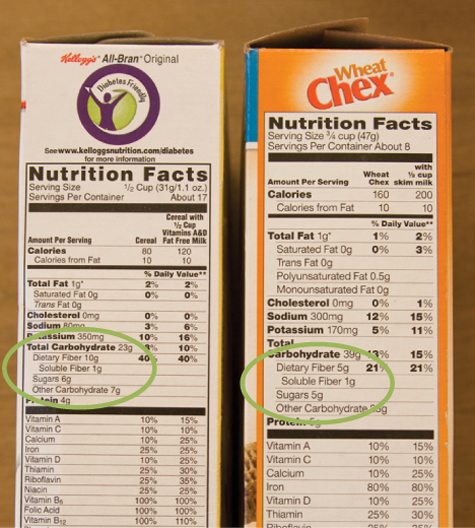Making Soup
Midway to Heaven
This was the title of my first book, a memoir for the beautiful wife’s father. He grew up on a family farm in the mountain town of Midway, Utah. If visitors to Midway ask, “Midway to where?” The townspeople, many of Swiss heritage, reply, “Midway to heaven.” Because he was an unusually good man, it seemed a good title for his story.
Regular readers know the beautiful wife and I are now the caretakers of the century-old Victorian farmhouse where he grew up. I love this old house. The walk-down root cellar is a unique feature of the home. In olden times it was the storehouse of the harvest that fed the family until the next spring. As the winter wore on and supplies diminished they could count on having potatoes and onions. So this week’s menu includes a standard of that time, potato-onion soup. It's just right for late winter meals.
Soup Basics
Cooks everywhere are rediscovering soup. Soups are filling but low in calories. Soups are not only good for you—they’re the best value around. Soups take time to prepare but a pot lasts several meals and improves with age. You can even freeze some in a quart jar for emergencies. Traditional soups are built around five ingredient groups:
- Stock—the main source of liquid. Usually made from bones, it can also be made from vegetables. We make most of ours from the carcass of a roast chicken. (Stock is an old tradition but in the ‘60s stock was replaced with bullion cubes dissolved in water. Today it’s sold in the store as “broth” but there’s nothing quite like homemade stock for flavor.)
- Mirepoix—the savory combination of chopped carrots, celery, and onions. There are other combinations, depending on what’s at hand, but this is the standard.
- Flavor—the trio of bay leaf, thyme, and parsley and sometimes garlic occur in most recipes.
- Starch—often legumes, but potatoes and (whole wheat) pasta work also.
- Meat—a little meat adds flavor to the soup and gives you something to chew on. This is the essence of “sparing” meat intake and a good way to use the odds and ends that might get wasted.
Skip’s Potato Onion Soup Recipe
Ingredients:
3 C. potatoes, washed and cubed
1 C. white onion, chopped
2/3 C. celery, chopped
3 C. chicken stock
3 strips bacon
2 C. milk (some recipes include cream)
2-3 T healthy fat (to sauté)
2 T butter or bacon fat (for roux)
2 T flour
1 tsp thyme
½ tsp or more salt, and ground pepper
¼ tsp hot pepper flakes or chili powder
Directions:
- Place stock in large pot and heat to boil. While stock is heating cube potatoes (washed, but unpeeled) and place in soup pot. Chop the onion and celery.
- In a frying pan cook the bacon; chop and set aside. Leave 2-3 T bacon grease in pan.
- Sauté the onions and celery in pan, starting onions first. Add the sautéed onions, celery and flavor (thyme, salt, pepper) to the soup pot.
- Reusing the frying pan, make roux with butter/bacon fat and flour; cook about a minute. Stir in milk and cook 5 minutes to thicken (do not boil). Add to soup pot.
- Continue cooking soup until potatoes are tender. Remove about half the soup to a blender and puree. Return to soup pot. Add chopped bacon, adjust salt and pepper if needed, and garnish with chopped parsley. Serve. Makes 8-10 servings.
We serve this with a spinach salad and corn bread. This morning the Beautiful Wife returned from walking and talking with her friends; she exclaimed upon entering the house, “It smells so good!” So this recipe will also make your home smell good.

 Saturday, February 4, 2012 at 10:22AM
Saturday, February 4, 2012 at 10:22AM









